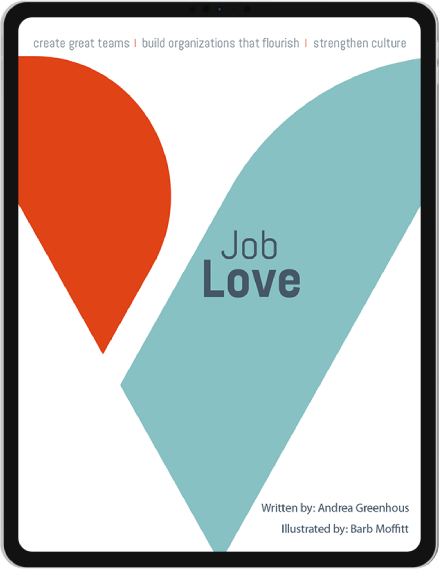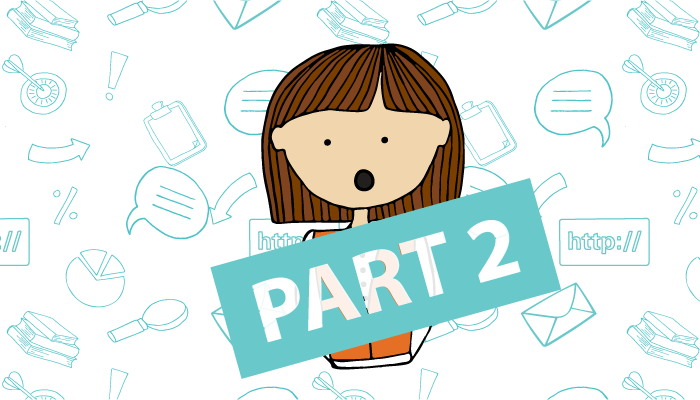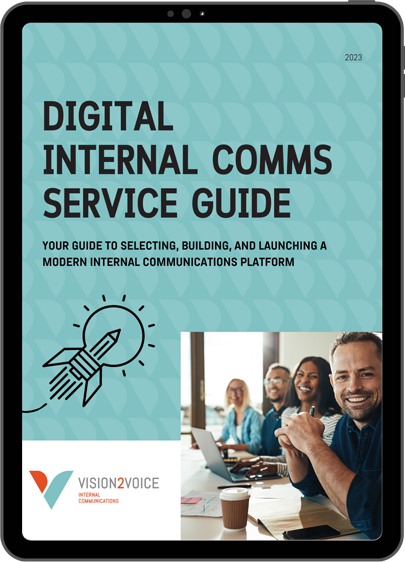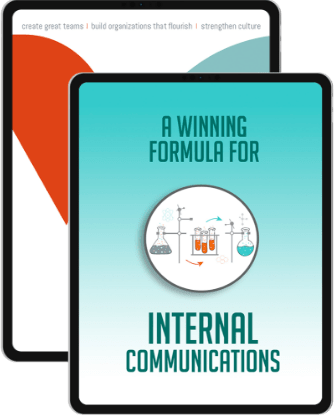
We’ve all experienced the sickening feeling of information overload where our email inboxes are so full we become paralyzed. And how many of us are ‘heads down’ and focussed on a task when we are interrupted, only to return to our work a few minutes later, trying desperately to get back into the groove?
One of the biggest challenges facing those of us that keep employees informed, involved and inspired is how to do this without adding to the deluge of information. Internal communications messages are often seen as unnecessary interruptions that can be easily ignored because there are more important things to do.
A study of 2300 Intel workers found that they considered one out of every three emails unnecessary.
In our last post, we talked about some easy changes you can make that will help. In this post, we dive into some other things you can do to make sure that employee communications add value rather than cause unwelcome interruptions.
Be strategic
Don’t send out an email, organize a town hall, or create more content for your intranet site without having a purpose. By setting goals and having a clear understanding of what you need from employees as a result of your communications (actions, behaviours, understanding) is critical.
Target
While it can be easier to blast out information to the entire organization, think about whether or not you can tailor your message to specific groups of people. While this may take a lot more time and effort by the internal communications team, it will mean that employees will receive relevant information that is specifically tailored to their needs. The payoff is that they won’t need to spend more time and energy figuring out what it means to them.
Layer
I like to provide information in layers. The top layer is short and sweet – light on details. The next layer provides additional details and the bottom layer is for those people (information nerds) that really like to dive deep into specifics. This approach helps you reach a broader audience by making sure most people will at least get the top layer of information. A good example of layering would be an invitation to the company picnic for example. The invitation could provide a few key details like date, time and location. For people who are able to go, then the second layer would provide additional information such as the menu and planned activities. The third layer of information can provide more specifics for people who want to know what to wear, directions and other specifics about the event.
Tailor
Most people have a preferred way of receiving information. My interaction with my favourite retailers, my dentist, and even my spouse are based on clear communication channel preferences – voice, text, email or face-to-face. There are many different social apps and platforms that can help organizations cater to the communication preferences of employees, particularly those organizations with employees that are on the road or working in different locations.
Go For Quality
Take the extra time to make sure your internal communications is the highest quality. I love to read Canada’s national newspaper, The Globe & Mail because the articles are insightful and of high quality. If they started producing crap, I would end my subscription. Your employees are your most important audience — earn their attention — they are worth it.
If your employee’s think internal communication is an unnecessary interruption, give us a call — we can help.

Job Love
Read The Free eBook.
This book looks at fundamental drivers of successful human relationships and applies them to the employee experience. Andrea shows how trust, respect, and even passion can be fuelled in the workplace with the right approach to internal communications.
Download the ebook




